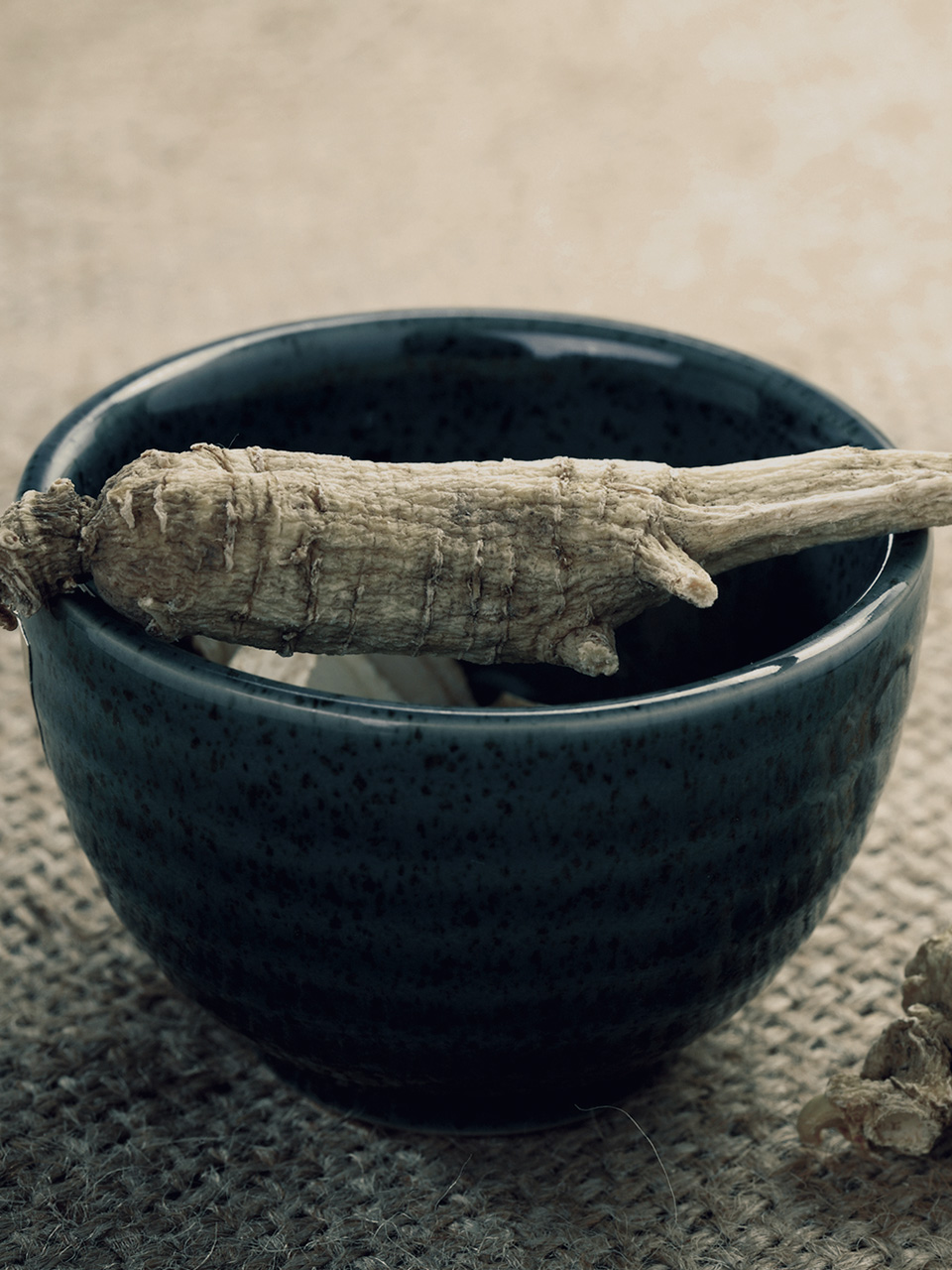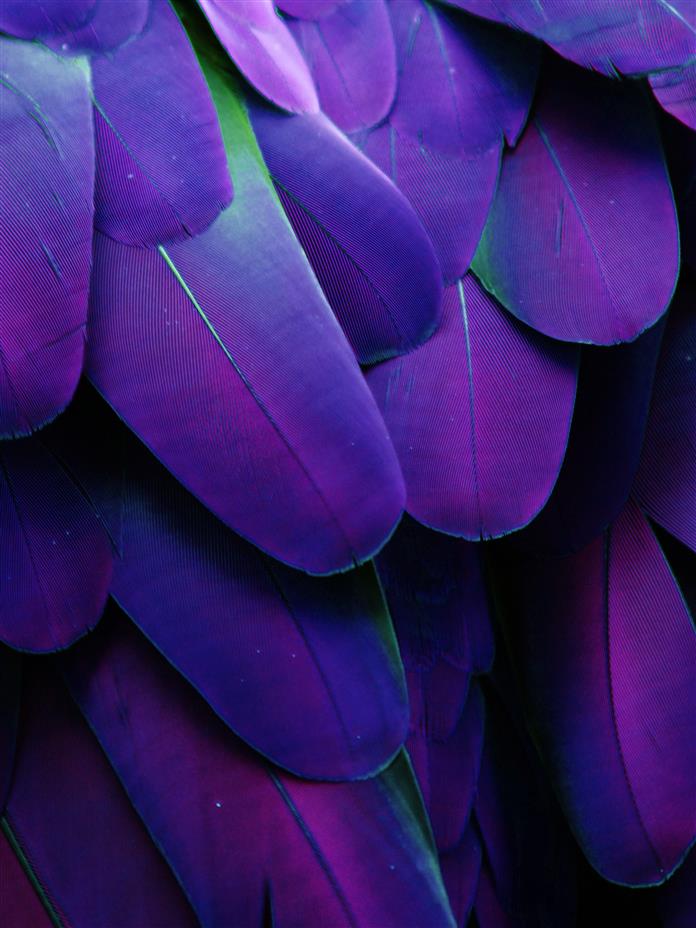
Tap to Read ➤
Information about the Ginseng Plant
Popular for its therapeutic properties, the ginseng plant is now cultivated in many parts of the world. This story provides you some information about the plant.
Sonia Nair


According to historians, the ginseng plant was first discovered in the mountainous regions of the northern China, around 5000 years ago. Initially, this plant was used for culinary purposes, but later, its therapeutic properties were identified.

It is believed that this plant has been used as a herbal medicine, for the last 3000 years. It has a very prominent place in traditional Chinese medicine, as it is used for treating various diseases.

The resemblance of the shape of ginseng roots to the human body, strengthened the belief in its therapeutic properties. The fleshy roots of the ginseng plant are highly valued for their medicinal properties. The leaves are also used, albeit sparingly. It has been observed that the leaves are not as effective as the roots, which are also highly priced.

Types
Wild ginseng plants are found in some of the mountainous regions of Asia, especially China. There are 11 species of ginseng, which belong to the genus Panax and family Araliaceae. These slow-growing plants with fleshy roots grow in regions with cooler climates.

The most valued among the various ginseng plants are the Panax ginseng, otherwise known as the Asian ginseng; and Panax quinquefolius, which is known as the American ginseng.

The Siberian ginseng is a totally different plant, which has some of the properties of the panax ginseng. The Korean ginseng or red ginseng is Panax ginseng that has been heated or steamed, and marinated. The Korean ginseng is considered the most effective one among the various types of ginseng.

Features
Even though there are many types of ginseng, the American and the Asian ginseng are the most valued ones, and are being used widely. Both the Asian and American ginseng plants are almost similar in appearance.

These slow-growing plants usually grow in the slopes of ravines, and in well-drained mountainous hardwood forests. Ginseng plants are perennials with small rhizomes, which are attached to fleshy whitish roots.

This aromatic plant has a single stem, that develops from the rhizome, every year. The palmate compound leaves (with five leaflets) are arranged in a single whorl. The leaves are oblong and serrated, with their length ranging between six to fifteen centimeters.

The solitary stems of these plants produce one flower cluster each. The greenish-white flowers develop bright red berries with seeds. Ginseng plants grow to a length that ranges between eight to thirty centimeters.

Uses
Owing to the ever rising demand for ginseng, the wild ginseng plant has become so rare, that it is almost endangered. The ginseng plant is mainly used for its therapeutic properties. It is widely accepted as a herbal medicine, and is an important constituent in traditional Chinese medicine.

It is used for treating diabetes, sexual dysfunction in men, high levels of blood cholesterol and blood sugar, etc. It is found effective as an aphrodisiac and stimulant too, and is very popular as an anti-aging supplement.

Ginseng is used as an ingredient in cosmetics and energy drinks. It is also added to dishes, like soups. However, over consumption or improper use may cause side effects, like nervousness, insomnia, etc. Some people can be allergic to ginseng. In most cases, ginseng side effects are linked to overdoses.

As mentioned earlier, wild ginseng plants are rare nowadays. It is not difficult to grow this plant at home. However, it takes almost four to five years for the roots to grow properly and so, harvesting can be done after this period only.